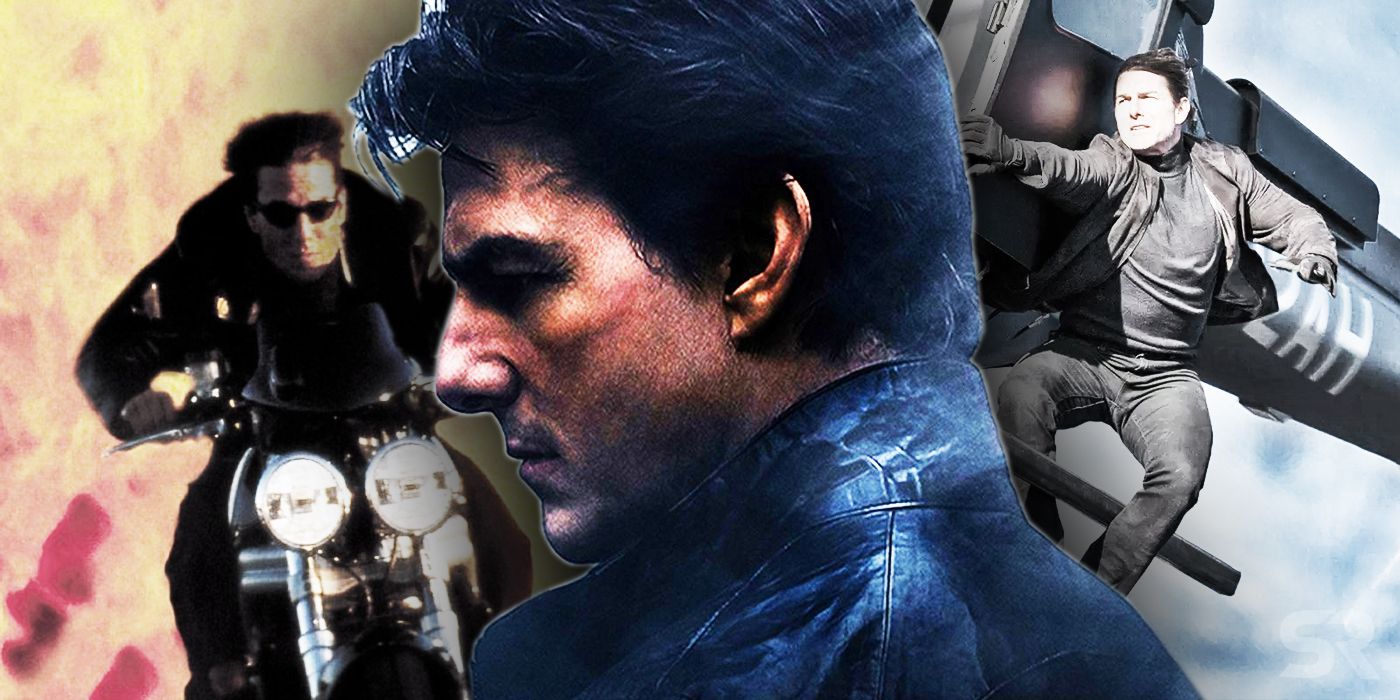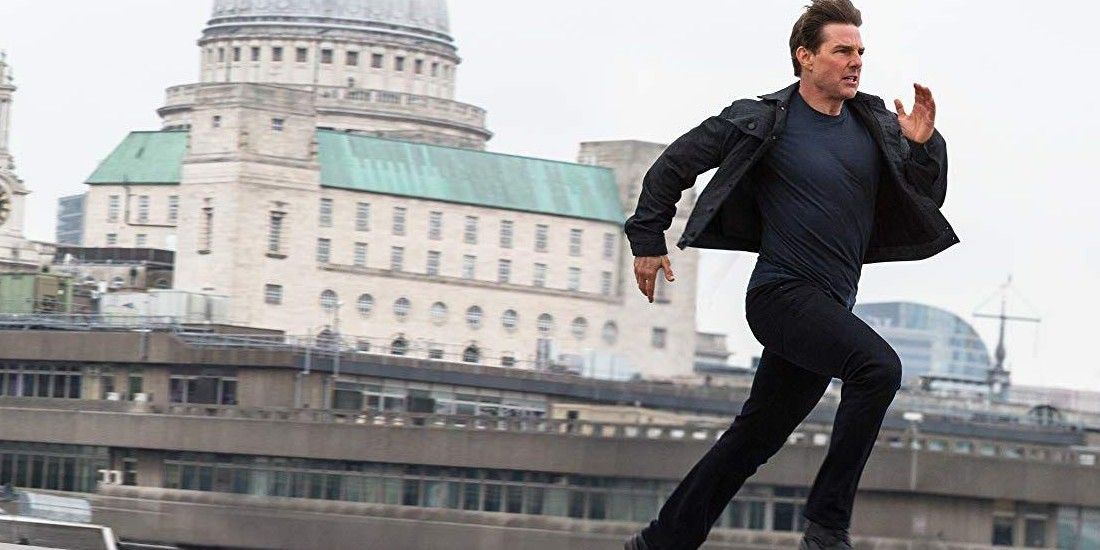[ad_1]
Here’s the correct, chronological order of the Mission: Impossible movie franchise. Before the Tom Cruise movies, Mission: Impossible is an iconic spy show that began in the 1960s and revolved around the covert missions of the IMF. The series starred Peter Graves as Jim Phelps, with supporting players including the likes of Leonard Nimoy and Martin Landau. The show was later given a short-lived revival in the 1980s before Tom Cruise signed on to lead a movie adaptation in the 1990s. Prior to Mission: Impossible, Tom Cruise tended to jump around genres, starring in dramas, comedies, and everything in between. As the franchise evolved he became more and more associated with action blockbusters and for his death-defying stunts.
The Mission: Impossible movies has arguably overtaken the original TV show in terms of iconic status, and is seen as one of the best ongoing franchises in Hollywood today. Parts seven and eight of the franchise are on the way, and while there are some rumors it could mark Tom Cruise’s end in the Mission: Impossible franchise, excitement for Ethan Hunt’s next adventure is as strong as ever. Even if the franchise is looking to wrap up sooner rather than later, each installment has delivered thrills to fans that can be revisited for years to come. Here’s the correct viewing order for the franchise.
Every Mission: Impossible Movie In Chronological Order
- Mission: Impossible (1996)
- Mission: Impossible II (2000)
- Mission: Impossible III (2005)
- Mission: Impossible – Ghost Protocol (2011)
- Mission: Impossible – Rogue Nation (2015)
- Mission: Impossible – Fallout (2018)
Mission: Impossible has changed considerably over its entries, including in the titling. While this is partly responsible for the franchise’s longevity, it also means that knowing which order to watch the Mission: Impossible movies in — especially with the more recent entries — can be tricky. Numerous stylistic swaps and changes in narrative direction between installments add an extra layer to the challenge too. Brian De Palma brought his stylish stamp to the original movie, while action auteur John Woo came on for Mission: Impossible II. J.J. Abrams made his directorial debut with Mission: Impossible III after David Fincher and Joe Carnahan both dropped out.
The first three entries are easy to track in terms of chronology thanks to their handy Roman numerals, but Mission: Impossible – Ghost Protocol changed things up. Acclaimed animation director Brad Bird made his live-action debut with the fourth entry, but while the original plan was to have Hunt step aside for Jeremy Renner’s new agent, it quickly became clear Cruise was still very much the lead, especially after filming the series’ most famous setpiece where Hunt scales Dubai’s Burj Khalifa.
Christopher McQuarrie came on to direct the fifth movie Mission: Impossible – Rogue Nation in 2015, which introduced Rebecca Ferguson’s fan favorite Ilsa Faust to the Mission: Impossible series. In a break from franchise tradition, McQuarrie returned for Mission: Impossible – Fallout, which became the highest-grossing and is considered one of the franchise’s best. McQuarrie will return once again for the upcoming seventh and eighth Mission: Impossible movies, which will be the series’ first two-part story with Mission: Impossible – Dead Reckoning Part 1 and Mission: Impossible – Dead Reckoning Part 2 set for release on July 14, 2023, and June 28, 2024, respectively.
What Each Director Brought To The Mission: Impossible Franchise
While Mission: Impossible was developed as a potential franchise from the very beginning, it was intended that each movie would bring on a new filmmaker who would bring their own distinct style. This is likely one reason it’s lasted for nearly 25 years, with each entry having its own feel. This began with Brian De Palma making a fairly simple spy thriller that fit well with his past paranoid thrillers. While De Palma’s directing style feels quaint compared to what came later in the genre, John Woo took things over-the-top with Mission: Impossible II which embraced the shoot-em-up action styles of Hong Kong cinema which influenced American action movies in the 1990s but were going out of style by 2000.
The six-year gap before Mission: Impossible III made it clear there needed to be a change, but Cruise took a chance on giving JJ Abrams his directorial debut. Abrams brought his fun Spielberg-inspired style to the franchise, focusing more on the team aspect of Mission: Impossible while also making it a more globe-trotting spy adventure. Brad Bird made his live-action debut and brought the same kind of inventive set-pieces to Mission: Impossible – Ghost Protocol. Bird brought more humor into the franchise and made Hunt a more vulnerable hero.
Tom Cruise and Christopher McQuarrie’s previous collaborations led to him taking over for Mission: Impossible – Rogue Nation and McQuarrie became the first director to return for Mission: Impossible – Fallout. McQuarrie pushed the limits of the series with the biggest stunts and set pieces yet, giving his movies an epic feel. McQuarrie also explored the endless determination of Hunt as a character, throwing him from one dire situation to the next and never giving him a moment to breathe. It added a new exhilarating quality to the movies and suggested that McQuarrie was the right director to finish out Hunt’s journey in the Mission: Impossible franchise.
[ad_2]
Source link


